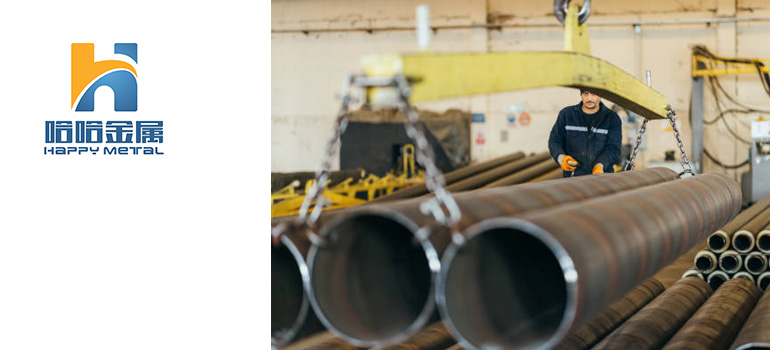Summary:
How to cut stainless steel pipes
What are the characteristics of stainless steel pipes?
Several methods and steps for cutting stainless steel pipelines
Cutting stainless steel pipes is a common task in many engineering and manufacturing projects. However, due to the hardness and corrosion resistance of stainless steel, the correct cutting method is crucial. This article will introduce some simple and practical methods and techniques to help you effectively and safely cut stainless steel pipes.
What are the characteristics of stainless steel pipes?

Stainless steel pipes, as an engineering material widely used in various fields, are highly favored for their excellent corrosion resistance, strength, and versatile performance. It plays an important role in fields such as construction, manufacturing, chemical, medical, and food industries. The following will introduce the basic characteristics of stainless steel pipelines and their applications in different fields.
The characteristics of stainless steel pipes include the following five points:
- Corrosion resistance: Stainless steel pipelines are composed of elemental alloys such as iron, chromium, and nickel, which provide excellent corrosion resistance and can resist the erosion of corrosive media such as acid, alkali, and salt.
- Strength and durability: Stainless steel pipes have excellent strength and durability, and can maintain their structural integrity even in harsh environments.
- High temperature performance: Some stainless steel alloys have excellent high-temperature stability, making them suitable for applications in high-temperature environments, such as boilers and heat exchangers.
- Hygienic performance: Stainless steel has a smooth surface and is easy to clean, making it widely used in food processing and medical equipment.
- Decoration performance: Stainless steel pipes have a beautiful appearance and are commonly used in building decoration and interior design.
Several methods and steps for cutting stainless steel pipelines
There are various methods to choose from for cutting stainless steel pipes, and the following will introduce three commonly used methods: manual tool cutting, electric tool cutting, and flame cutting.
Manual tool cutting:
- Material preparation: Purchase high-quality stainless steel cutting tools, such as pipe cutters, metal saws, or files.
- Marking and positioning: Use marking tools to mark the cutting position on the pipeline to ensure accuracy.
- Cutting process: Use cutting tools to cut according to the markings. For small diameter pipes, a metal saw may be a good choice; For larger diameter pipes, pipe cutters may be more efficient.
Electric tool cutting:
- Choose appropriate electric tools: use tools such as electric angle grinders or electric saws. Ensure the selection of blades or grinding heads suitable for metal cutting.
- Safety measures: Wear appropriate safety equipment, such as goggles and gloves. Ensure good ventilation in the work area to avoid the generation of harmful metal particles and gases.
- Cutting process: Use electric tools to cut according to the marked position. Maintain stable gestures and avoid too hasty operations to prevent the blade from getting stuck or creating danger.
Flame cutting:
- Applicable situation: Flame cutting is suitable for thicker stainless steel pipelines, usually requiring professional equipment and training.
- Equipment preparation: Use flame cutting equipment to mix oxygen and fuel to produce a high-temperature flame.
- Safety measures: Flame cutting involves high temperatures and flames, so it is necessary to wear appropriate protective equipment and ensure that the work area is free of combustibles.
- Cutting process: Align the flame with the marked position on the pipeline, gradually heat the flame to the stainless steel melting point, and then use mechanical devices or force to cut the pipeline.
Cutting stainless steel pipes may require different methods and tools, depending on the size and thickness of the pipe and your level of experience. Regardless of which method you choose, you should always follow safety guidelines, wear appropriate safety equipment, and make choices based on the nature and requirements of the pipeline. If you are unsure, it is recommended to seek professional assistance to ensure the safety and efficiency of the cutting process.
We hope that the methods and techniques provided in this article can help you achieve better results when cutting stainless steel pipes. For more information on stainless steel pipes, please contact Hapmetal
You maybe interested in the following: The difference and application of 304 and 304L stainless steel




